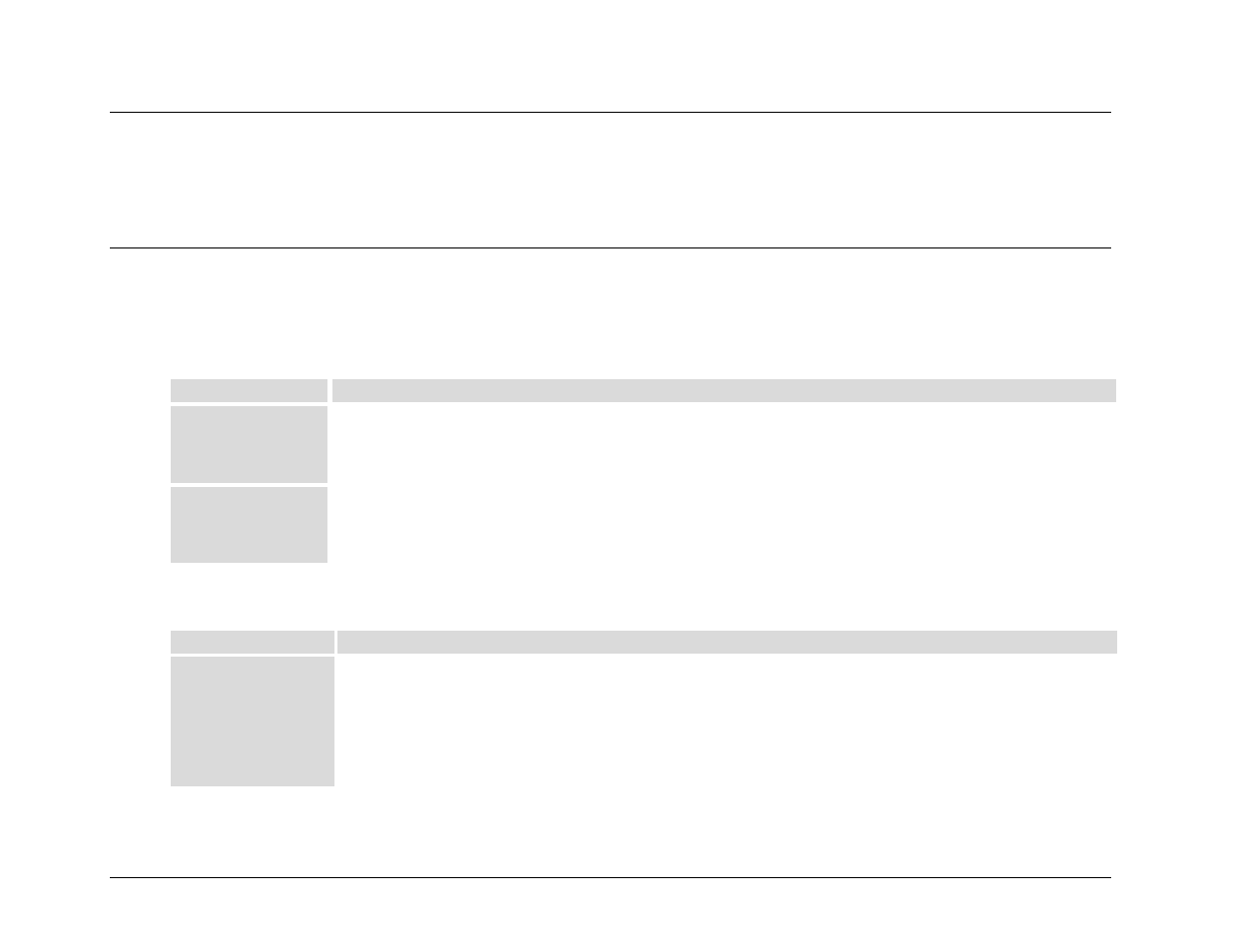4 instruction code, 5 instruction code qualifier – Comtech EF Data CRS-500 User Manual
Page 167

CRS-500 1:N Redundancy System
Revision 2
Serial-based Remote Product Management
MN-CRS500
9–7
9.4.2.4 Instruction Code
This is a three-character alphabetic sequence that identifies the subject of the message. Wherever possible, the instruction codes have
been chosen to have some significance. For example, BKH is for BacKup Hold-off time; SID is for Switch ID, etc. This aids in the
readability of the message if seen in its raw ASCII form. Only upper case alphabetic characters may be used (A-Z, ASCII codes 65-90).
9.4.2.5 Instruction Code Qualifier
This is a single character, which further qualifies the preceding instruction code. Code Qualifiers obey the following rules:
1. From Controller-to-Target, the only permitted values are:
Symbol
Definition
=
(ASCII code 61)
The = code is used as the assignment operator, and is used to indicate that the parameter defined by the preceding byte should be set
to the value of the argument(s) that follow it.
Example: BKH=12 would mean 'set the BacK-up Hold-Off time to 12 seconds.'
?
(ASCII code 63)
The ? (ASCII code 63) is used as the query operator, and is used to indicate that the Target should return the current value of the
parameter defined by the preceding byte.
Example: BKH? means 'what is the current value of BacK-up Hold-Off time?'
2. From Target-to-Controller, the only permitted values are:
Symbol
Definition
=
(ASCII code 61)
The = code is used in two ways:
First, if the Controller has sent a query code to a Target – for example: BKH? meaning 'what is the BacK-up Hold-Off time?', the
Target would respond with BKH=xx, where’xx‘ represents the time in question.
Second, if the Controller sends an instruction to set a parameter to a particular value, then, providing the value sent in the argument is
valid, the Target will acknowledge the message by replying with BKH= (with no message arguments).
